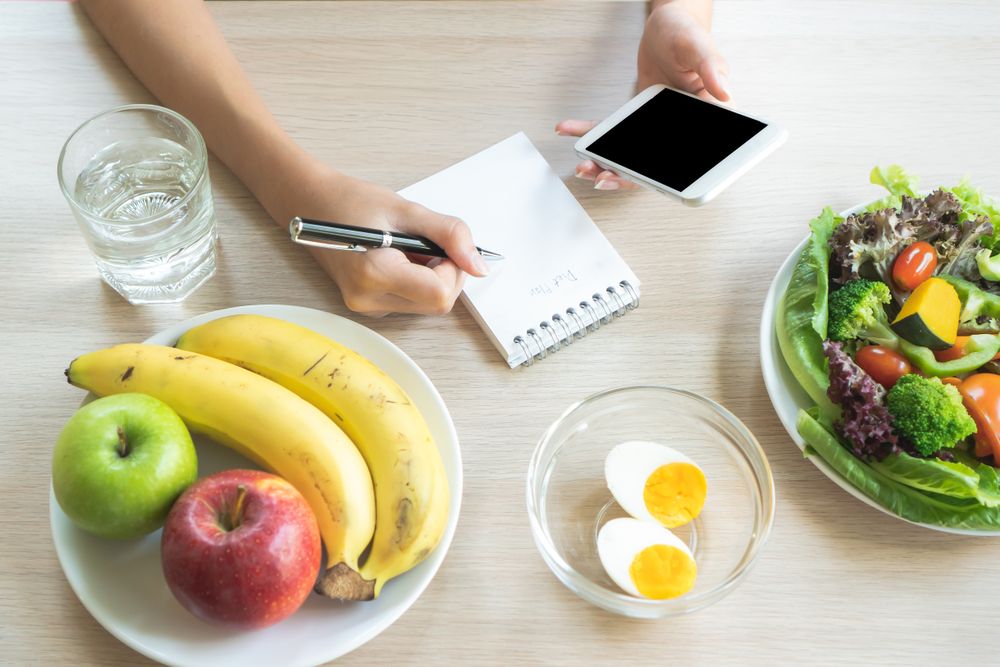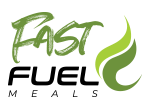
What is considered a Low-Calorie Meal? Answered by an Expert
Calorie restriction is one of the most difficult aspects of weight loss. Many low-calorie foods can leave you feeling hungry and unsatisfied in between meals, making it much easier to overeat and indulge. Fortunately, many healthy foods are both filling and low in calories.
A 1,500-calorie diet will result in weight loss for the majority of people. If you want to be even more accurate on how many calories you should eat each day to lose weight, this quick equation will provide you with a daily calorie goal that can help you lose 1 to 2 pounds per week. Count up your current weight by 12 to calculate how many calories you need each day to maintain your current weight.
Here are 13 low-calorie foods that are quite filling.
- Oatmeal- Oatmeal is a great addition to a healthy weight loss diet. They’re not only low in calories, but also high in protein and fiber, which will keep you satisfied. A 1/2-cup (approx. 40-gram) serving of dry oats contains only 148 calories but contains 5.5 grams of protein and 3.8 grams of fiber, both of which would affect your hunger and appetite. Oatmeal, which is high in fiber and protein, helps to reduce hunger, boost feelings of fullness, and enhance intuitive eating.
- Greek Yogurt- Greek yogurt is a high-protein food that can help mitigate cravings and help with weight loss. Though the precise figures vary depending on the brand and flavor, a 2/3-cup (approximately 150-gram) serving of Greek yogurt provides approximately 130 calories and 11 grams of protein. Greek yogurt contains a lot of protein and has been linked to less hunger, lower calorie intake, and elevated mood of fullness.
- Soup- Soup is frequently dismissed as nothing more than a light and simple side dish, but it can be very satisfying. Some research suggests that soups, even when made with the same ingredients, maybe more filling than solid foods. Keep in mind that, while creamy soups and chowders are filling, they can also be high in calories. To cut calories and increase fullness, choose a lighter broth- or stock-based soup. Certain types of soup can be low in calories and slow stomach emptying while lowering total calorie intake.
- Eggs- Eggs are exceedingly nutrient-dense because they are low in calories but high in a variety of essential nutrients. A single large egg contains about 72 calories, 6 grams of protein, and a variety of essential vitamins and minerals. According to research, eating eggs first thing in the morning can help reduce hunger and increase fullness. An elevated breakfast may help to reduce snacking, slow stomach emptying, and lower levels of ghrelin, the hunger hormone. Eggs are high in protein and make an excellent low-calorie breakfast option.
- Chia Seeds are a type of seed that is native to South America. Chia seeds, a serious superfood, pack a lot of protein and fiber into a small number of calories. Chia seeds have 137 calories, 4.4 grams of protein, and 10.6 grams of fiber per 1-ounce (28-gram) serving. Chia seeds are particularly high in soluble fiber, which absorbs liquid and swells in your stomach to promote feelings of fullness. Adding a serving or two of chia seeds to your daily diet can curb cravings and reduce appetite.
- Cottage Cheese
Cottage cheese is a high-protein snack that is ideal for those trying to lose weight. One cup (226 g) of low-fat cottage cheese contains approximately 28 g of protein and only 163 calories. Increasing your protein intake through foods like cottage cheese has been shown in numerous studies to reduce appetite and hunger. Some research also suggests that eating protein can slow the emptying of your stomach, allowing you to feel fuller for longer. Cottage cheese contains a lot of protein, which can suppress your appetite and keep you feeling full.
- Potatoes- Because of their association with high-fat French fries and potato chips, potatoes are frequently dismissed as unhealthy and harmful. Potatoes, on the other hand, can be a filling and nutritious part of a healthy diet. One medium baked potato with skin contains 161 calories but also 4 grams of protein and fiber. Potato protease inhibitors, which can reduce appetite and decrease food intake to boost fullness, have been linked to the filling effects of potatoes in animal and human studies. Potatoes are one of the most filling foods on the planet, and they contain a compound that may reduce appetite and food intake.
- Lean Meat- Lean meat has been shown to effectively reduce hunger and appetite between meals. Lean meats, such as chicken, turkey, and lean cuts of red meat, are low in calories but high in protein. According to research, eating too little protein may increase hunger and appetite, whereas eating more protein may reduce calorie intake and hunger levels. Lean meats are high in protein, which can help you lose weight and feel full.
- Legumes- Legumes, such as beans, peas, and lentils, can be extremely filling due to their high protein and fiber content. One cup (198 grams) of cooked lentils contains approximately 230 calories, 15.6 grams of fiber, and nearly 18 grams of protein. Numerous studies show that legumes have a strong effect on hunger and appetite. Legumes, which are high in protein and fiber, have been linked to decreased appetite and hunger as well as increased feelings of fullness.
- Berries
Berries, such as strawberries, blueberries, raspberries, and blackberries, are high in vitamins, minerals, and antioxidants, which can help you live a healthier life. Their high fiber content aids in weight loss and decreases hunger. Berries are also high in pectin, a type of dietary fiber that has been shown in human and animal studies to slow stomach emptying and increase feelings of fullness. This may also help reduce calorie consumption, which may aid in weight loss. Berries are high in fiber and pectin, both of which slow stomach emptying and promote feelings of fullness.
Build a bundle of Fast Fuel Low-Calorie Meals
BUILD YOUR BUNDLE NOW
Summary
Sometimes you just want someone to tell you what to eat when you’re trying to eat healthier or lose weight. Following a registered dietitian-designed meal plan is a great place to start, but first, you must calculate your daily calorie goal.
